Until recently, China was not the world's factory. Buyers in any part of the world did not meet at every turn Brazilian shoes and mexican vacuum cleaners Japanese families did not eat the meat of gobies raised in Wyoming, and the clothes created by French designers were not cut and sewn in Turkey and Vietnam. 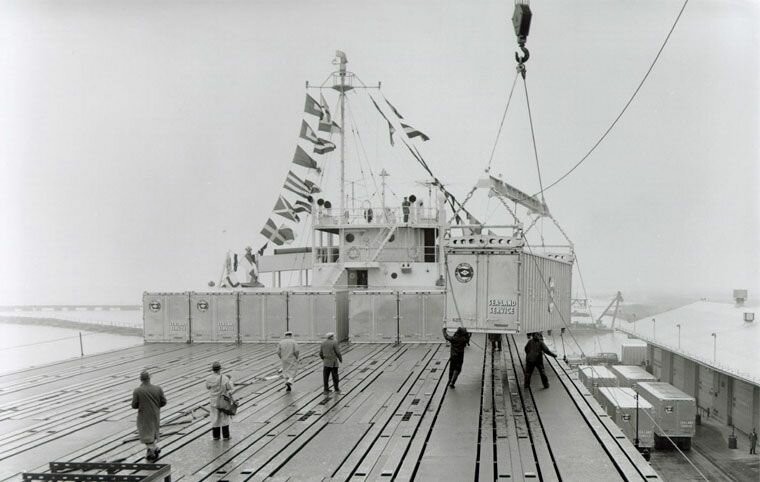
So it was until 1956 - before the invention of the container for transportation. 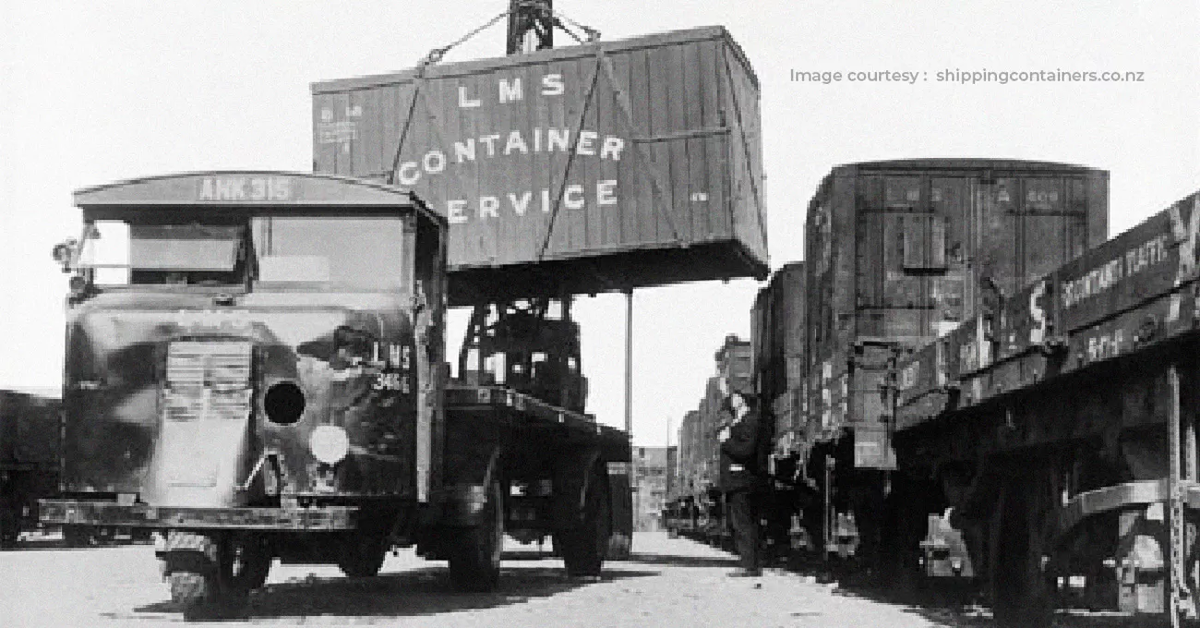
On April 26, 1956, a crane lifted fifty-eight aluminum bodies aboard an old tanker moored in Newark (New Jersey).
Five days later, the Ideal-X tanker sailed for Houston, where it fifty-eight trucks were waiting - to take metal containers and take them to their destination. Thus the revolution began.
The beginning of the revolution 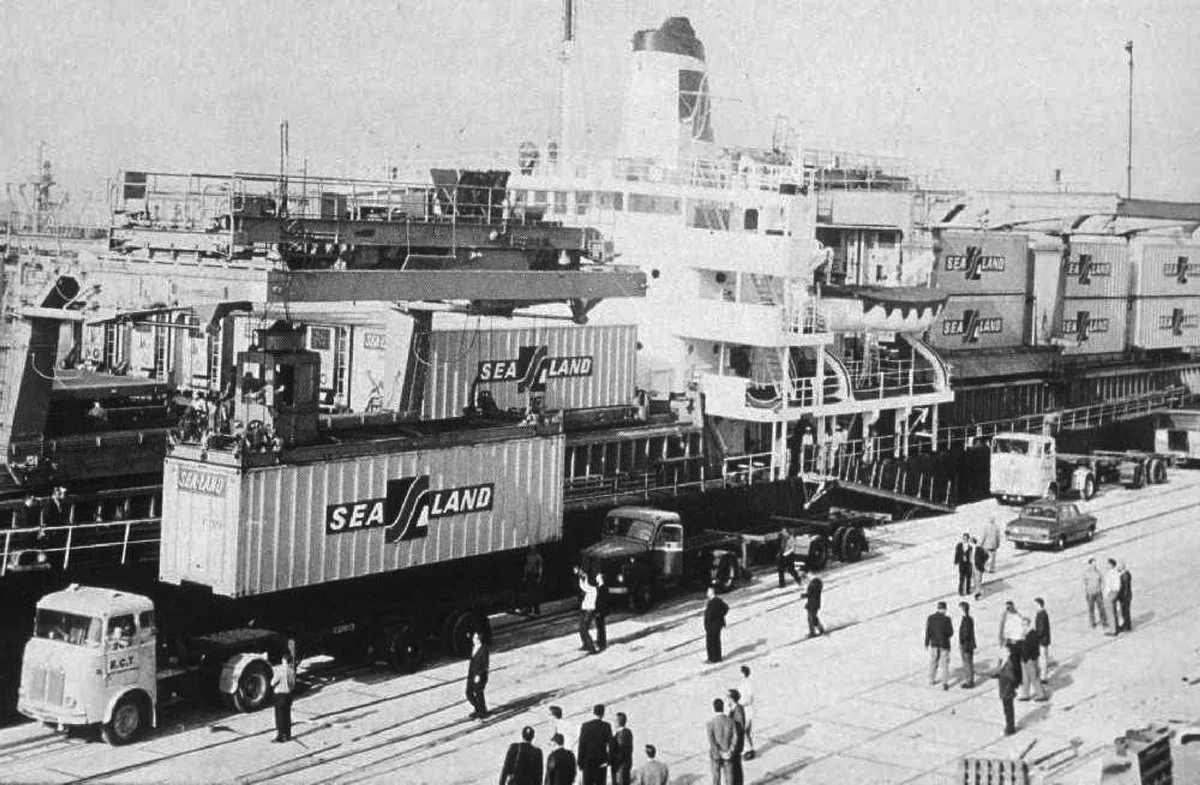
Now, decades later, when freeways are running the show giant trailers, and trains rumble in the night, carrying exclusively iron boxes, it's hard to comprehend how much the container has changed the world.
Before containers, the transportation of goods was very expensive operation: many things did not make sense to send even through half the country, and even more so through half the planet.
Soulless aluminum or steel crate with wooden floor and giant doors on one side, assembled by welding and rivets, in itself has the romance of a tin can.
Value
of this utility object, not in what it is, but in how it is used.
The container is the core of a highly automated system moving goods from anywhere to anywhere - at minimal cost and difficulties along the way.
The container made transportation cheap and thus changed the essence of the world economy.
Why the container is so important 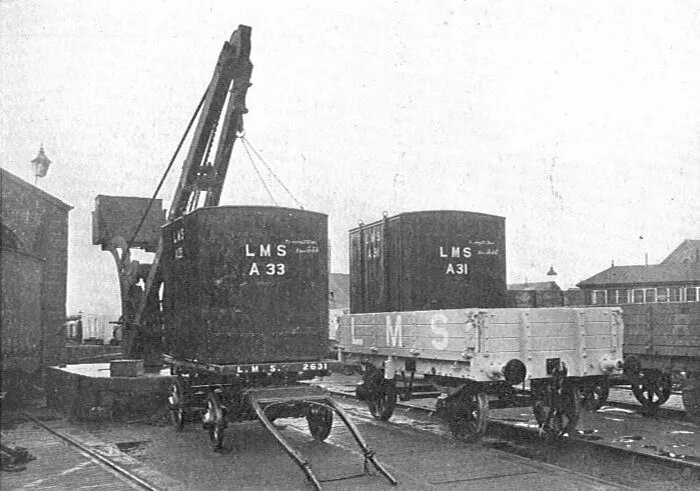
However, while the container contributed to the destruction of the old economy, it also helped build a new one.
The collapse of the old world
Gone are the armies of poorly paid, oppressed workers, earning a living by loading and unloading ships in all ports peace.
Cities that have served as centers of world trade for centuries New York and Liverpool, for example, found unpleasant changes: their coastal areas are rapidly deteriorating because they are not adapted to container trade, or simply become unnecessary, and manufacturers goods, previously resigned to huge costs and obsolete city factories to be closer to their suppliers and customers, have long since left.
Venerable shipping companies with centuries-old pedigrees crushed by the gigantic costs required to move to work with containers.
Sailors of the merchant fleet, who went to see the world, replaced the traditional long leave in exotic harbors with several hours spent at the container terminal and their ship ready to raise the anchor, as soon as the high-speed cranes finish move gigantic metal boxes from ship to shore and from shore to the ship.
However, while the container contributed to the destruction of the old economy, it also helped build a new one.
Oh brave new world
Sleepy harbors like Busan and Seattle moved into the first rows of seaports, and where there was nothing, new ports arose - Felixstowe in England or Tanjung Pelepas in Malaysia.
Small towns far from overcrowded centers were able to benefit from the cheapness of their land and low wages, having lured the factories to itself, because the production now no longer needs be close to the port to keep transportation costs low.
Sprawling industrial complexes of a full cycle, where armies of thousands of workers produced goods, gave way to smaller, more specialized businesses that supply each components and semi-finished products to each other by ever-elongating supply chains.
Poor countries desperately trying to climb rungs of the ladder of economic development, were able to become suppliers for distant rich countries.
Huge industrial complexes that quickly grew in places like Los Angeles or Hong Kong, appeared only because the cost import of raw materials and dispatch of finished goods collapsed.
Globalization 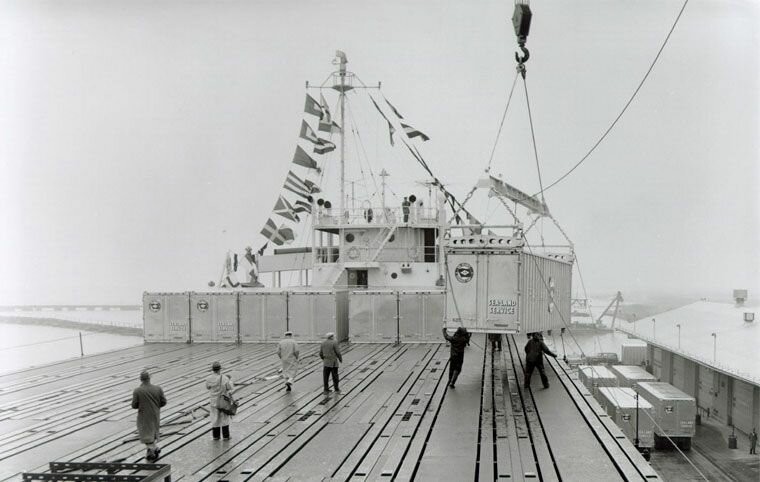
In 1956, the world was filled with smallmanufacturers involved in local sales; by the end of the twentieth century, local markets for goods of any kind could be counted on the fingers.
The new economic geography allowed firms with home ambitions to become international companies and export their products with almost the same ease as selling them nearby.
A modern container port is an enterprise whose scale go beyond the imagination. At every berth - and in the world's largest there are dozens of them in ports - there is a giant ocean-going vessel up to 400 meters long and 60 meters wide, which carries exclusively metal boxes.
modern scale 
The deck is crammed with rows of containers—red, blue, green, and silvery, 15–20 in a row, 8 or 10 tiers high. Below deck in holds - also containers, 6-8 tiers each.
A ship carrying 9-12 thousand 40-foot containers, i.e. 200,000 tons of shoes, clothes and electronics can pass through in three weeks from Hong Kong to Germany via the Suez Canal with a crew of only twenty human.
It is thanks to such boxes that we order goods every now and then on marketplaces and enjoy the abundance of choice in stores.
Add your comment
You might be interested in:






















